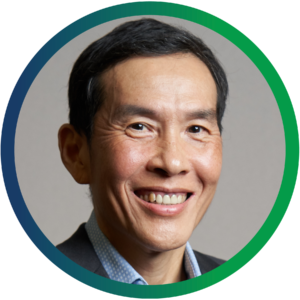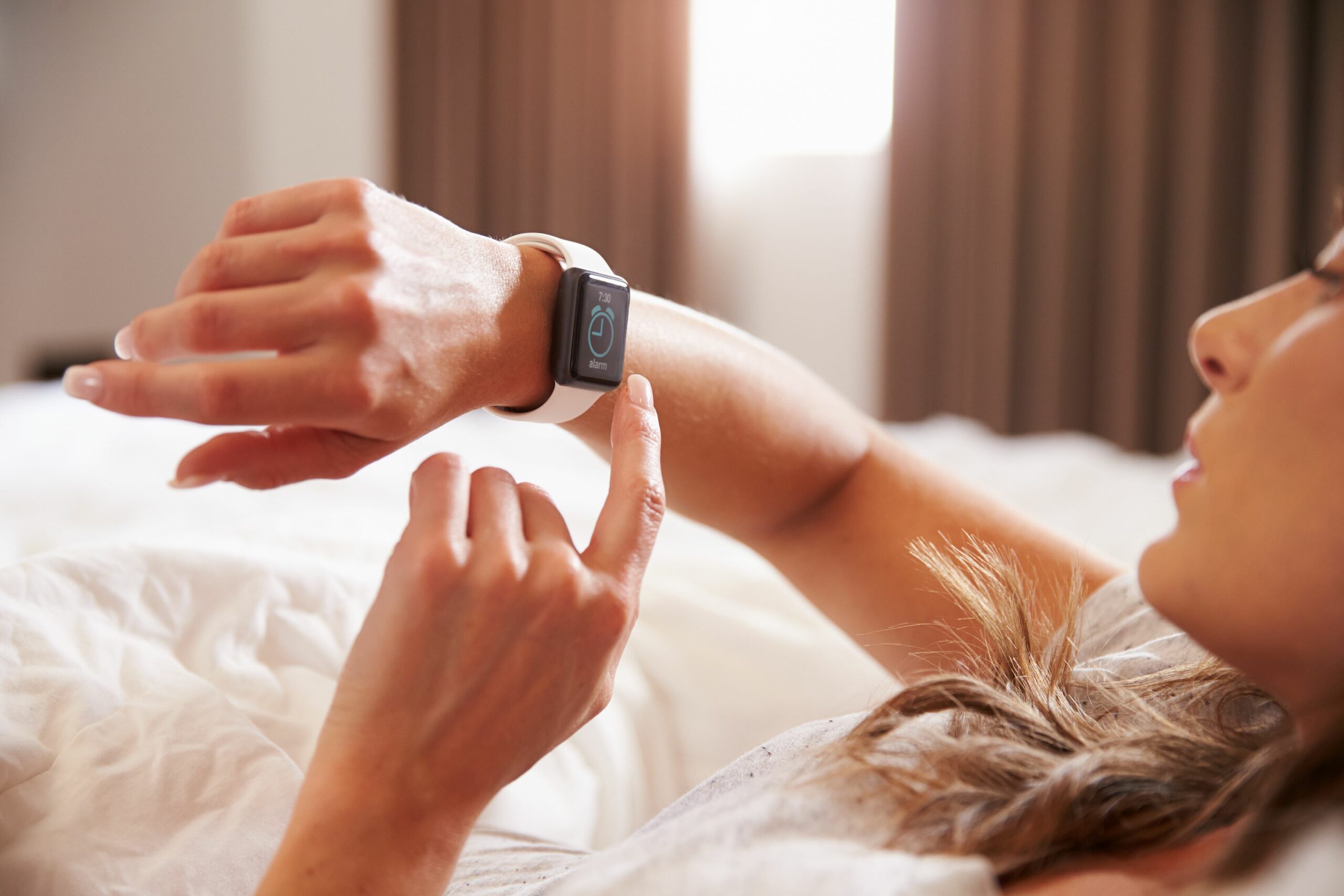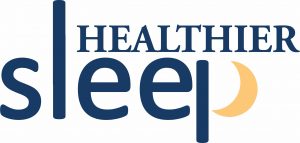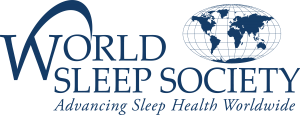 In today’s busy world, where hustle and bustle are often prioritized, sleep is usually overlooked. However, people are beginning to realize that getting quality sleep is one of the most essential components of living a healthy life. As a result, there is a growing interest in consumer sleep technology. During the 2023 World Sleep congress, Michael Chee, MBBS, an eminent sleep scientist from the Centre for Sleep and Cognition at the National University of Singapore, delivered a keynote presentation titled Consumer Sleep Tech and Sleep Transformation. In this article, we highlight some of the exciting breakthroughs in sleep science and sleep tech presented during the congress. The Evolution Of Sleep Technology Sleep technology, specifically brain wave recordings and activity trackers, have existed for almost a century, but consumers were not always familiar with these tools. Due to their cost and the need for trained professionals to collect and interpret the data, they just were not practical for everyday people. Today, though, wearable sleep technology has evolved to be accessible to almost everyone. With the introduction of devices like Jawbone and FitBit around 2010, consumers suddenly saw sleep trackers as nifty gadgets. Thanks to new functions like multiple sensors, realtime data collection, Internet data storage, and understandable displays, sleep technology has become more attractive.
In today’s busy world, where hustle and bustle are often prioritized, sleep is usually overlooked. However, people are beginning to realize that getting quality sleep is one of the most essential components of living a healthy life. As a result, there is a growing interest in consumer sleep technology. During the 2023 World Sleep congress, Michael Chee, MBBS, an eminent sleep scientist from the Centre for Sleep and Cognition at the National University of Singapore, delivered a keynote presentation titled Consumer Sleep Tech and Sleep Transformation. In this article, we highlight some of the exciting breakthroughs in sleep science and sleep tech presented during the congress. The Evolution Of Sleep Technology Sleep technology, specifically brain wave recordings and activity trackers, have existed for almost a century, but consumers were not always familiar with these tools. Due to their cost and the need for trained professionals to collect and interpret the data, they just were not practical for everyday people. Today, though, wearable sleep technology has evolved to be accessible to almost everyone. With the introduction of devices like Jawbone and FitBit around 2010, consumers suddenly saw sleep trackers as nifty gadgets. Thanks to new functions like multiple sensors, realtime data collection, Internet data storage, and understandable displays, sleep technology has become more attractive.
Since then, and especially in the last three to five years, there has been a significant shift to seeing these devices as key public health tools that provide important information. In fact, one of the most critical factors driving this is a growing understanding that sleep is a key driver of health and wellness. With this newfound information, the sleep tracker market has shown at least a 6% annual growth over the last decade, thus leading to further research and advancements in sleep technology tools.
Different Devices for Different Consumers
From the consumer perspective, it is easy to assume that all sleep technology is the same. However, this is far from true. There are different tools, and each serves a different purpose. Most sleep trackers fall under three broad categories that we will go over below: brain wave or EEG (electroencephaplography) trackers, non-EEG wearables, and nearables.
EEG Trackers
Devices like headbands and in ear EEG buds can provide highly accurate results but require trained experts to interpret the information, which at present, is not available to most consumers. These are primarily used in clinical trials or research settings.
Non-EEG Wearables
The most widely used consumer sleep technology is non-EEG wearables. These can be wrist worn, like Fitbit and Apple Watch, worn on the finger like the Oura Ring or on the arm like Whoop. These devices are most often used to monitor physical activity like steps. Sleep data while important, is often not the top priority, some companies make sleep their product focus. Non-EEG wearables can be divided into two broad categories: well-validated and mass market devices. Well-validated devices generate more accurate results. “With the sustained and growing interest in sleep for wellbeing and health, sleep trackers are only going to improve with time.
Nearables
Finally, there are nearables. These are devices placed near where a person is sleeping, such as a nightstand or under a mattress. These tools harness heartbeat related, movement-generated electrical signals or pulsed radio waves to detect breathing related movement order to infer sleep.
“We lived through the era of how smartphone cameras have transformed photography, and I think sleep trackers combined with allied technologies are going to shake up sleep in a similar way.”
Which Consumer Sleep Technology Is Better?
The “correct device” depends on the use or case Chee pointed out. The sleep staging accuracy of EEG trackers is important for clinical trial use and for evaluating sleep when it is more disordered. However, in most cases, the affordability of a good quality non-EEG wearable makes them well suited for healthy people who are keen on improving or maintaining good sleep habits. They are also well-suited for large scale population health studies that collect longitudinal data over time. Chee cautioned that while some cheaper devices may superficially resemble the well-validated, they are not sufficiently accurate and are at best good for reminding one to go to bed regularly and on time.
Sleep Scientists Are Not Widely Recognized
Despite a surge in understanding that sleep is essential for good health, many people do not know about the findings of sleep scientists. In fact, many individuals are unaware that there is even a profession of sleep scientists. ![]() Most people today rely on influencers more than scientists to shape what trackables they wear and how they approach sleep, which can be problematic. Even when people do look to sleep scientists, consumers may emphasize different things than scientists. For example, Chee explains that many average users are focused on sleep stages. They want their trackable to display these numbers clearly. Scientists consider duration, timing and regularity as important objective measures that can be modified through lifestyle changes, but they are less focused on sleep stages because these are firstly, less accurately measured on consumer devices, and secondly, sleep state duration is not easily modified, and may not reflect the most important components of sleep. Looking at deep sleep scores may cause unnecessary stress without attendant benefits.
Most people today rely on influencers more than scientists to shape what trackables they wear and how they approach sleep, which can be problematic. Even when people do look to sleep scientists, consumers may emphasize different things than scientists. For example, Chee explains that many average users are focused on sleep stages. They want their trackable to display these numbers clearly. Scientists consider duration, timing and regularity as important objective measures that can be modified through lifestyle changes, but they are less focused on sleep stages because these are firstly, less accurately measured on consumer devices, and secondly, sleep state duration is not easily modified, and may not reflect the most important components of sleep. Looking at deep sleep scores may cause unnecessary stress without attendant benefits.
Is Sleep Technology Accurate?
Naturally, consumers may have many questions about sleep technology and its ability to provide accurate data. One challenge with accuracy is related mainly to quietly awake from being asleep. A device may assume that someone who isn’t tossing and turning to be asleep. This can lead to an overestimation of nightly sleep. Also, accuracy may go down for older users and people with generally poor sleep quality.
Cultural And Demographic Differences In Sleep
Cultural and socioeconomic factors also influence sleep. For instance, Chee noted that Asians sleep less than Europeans and those living in Australia or New Zealand. Several factors help explain this sleep discrepancy, but a higher number of work hours and world culture may be significant factors that have previously been overlooked. Some groups of individuals are less likely to wear their sleep-tracking devices regularly. For example, African American and lower-income consumers tend to be less inclined to track their sleep. However, these groups also historically have the most marked sleep challenges. Based on this, Chee argues that monitoring sleep, while useful, by itself is not enough. Instead, he states that it’s essential to look for societal barriers that negatively impact sleep. Once these barriers are identified, concrete action should be undertaken to shake up the sleep status quo.
Sleep Technology: A Growing Public Health Tool
The best news is that both the average person and scientists increasingly understand the importance of sleep in driving individual and public health. Data underscores this. However, this data needs to be interpreted in the context of social and cultural factors as well. This is why collecting and integrating data from multiple streams is important. This data should then be analyzed together from a variety of perspectives to yield insights not apparent from considering each channel of information by itself – the whole being more than merely the sum of its parts. Following this, well-thought-out steps should be taken to break down systemic hurdles that interfere with sleep. While this may take significant effort, the goal of having a healthy and well-rested population is well worth it.
Jessica Thomas is a public health professional, health and wellness writer and entrepreneur. She enjoys learning about and educating others on Healthy living and observing how technology is changing the healthcare space.



